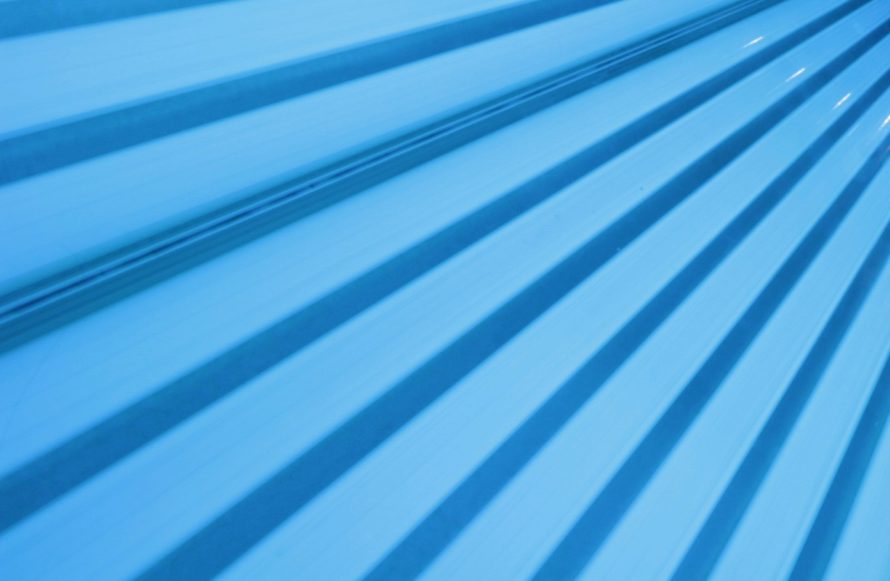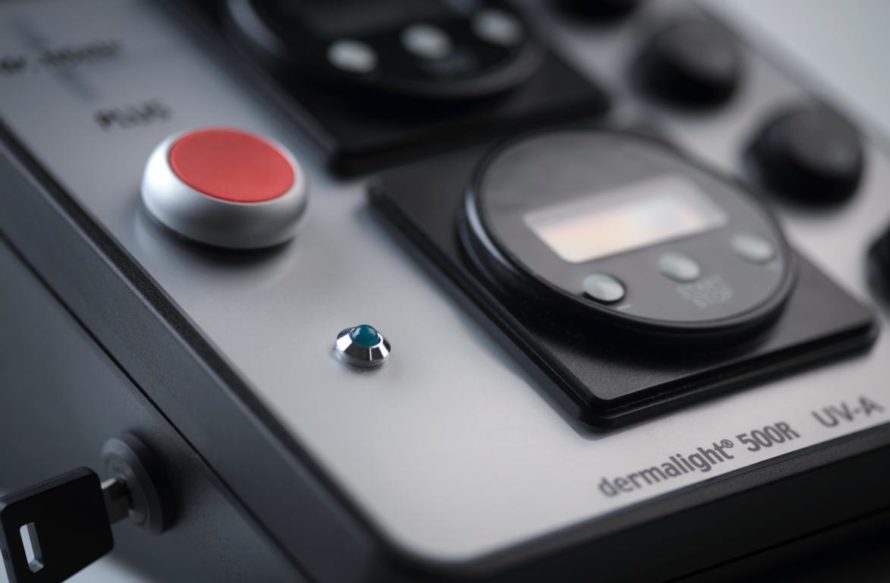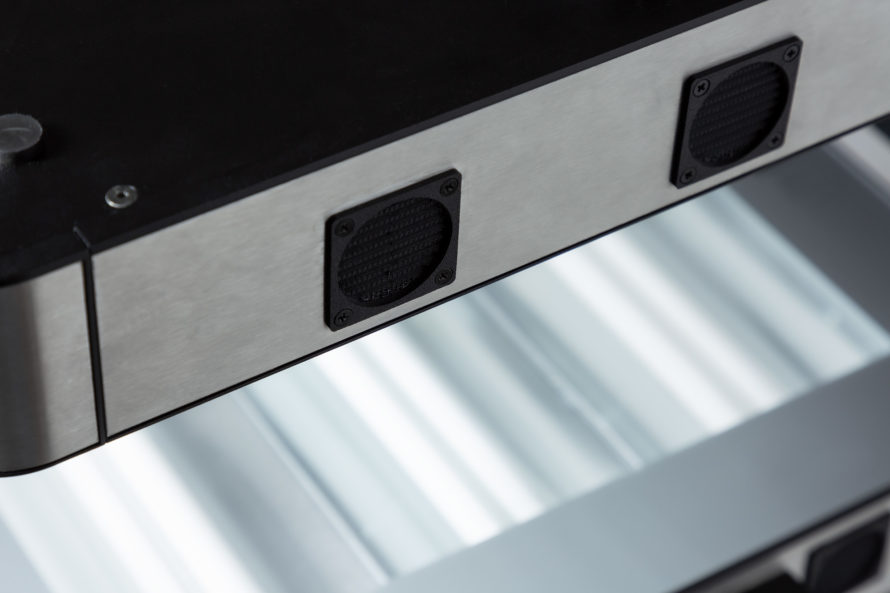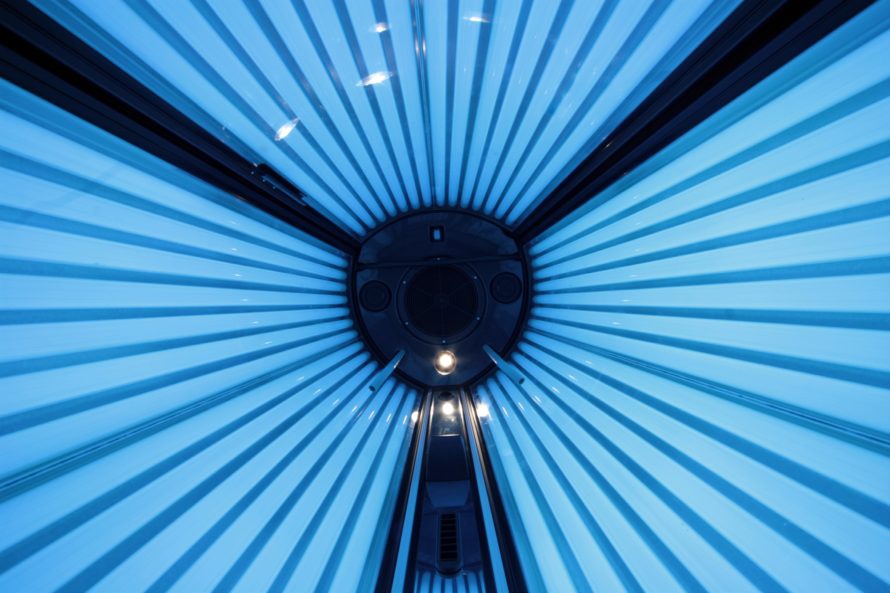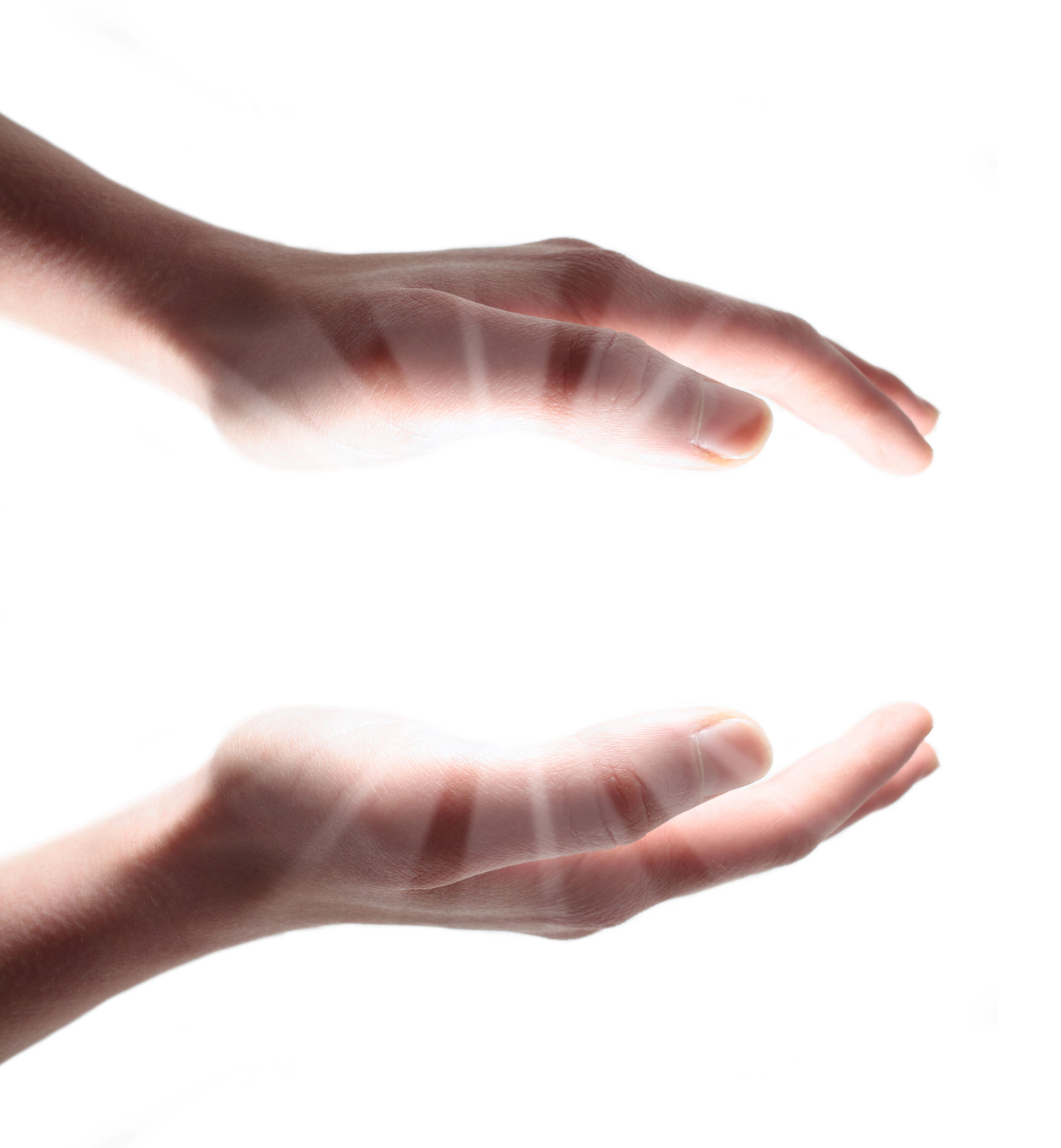
UV phototherapy
Make use of the advantages of the medically usable parts of invisible light
UV phototherapy is a treatment with ultraviolet light originating as a modern light therapy around 1900 as part of the treatment for skin tuberculosis. Over the past 40 years, photobiological research has produced a large number of publications highlighting the potential of UV phototherapy for the treatment of skin diseases. UV phototherapy has been established as a proven and therapeutically effective treatment method for many skin diseases such as vitiligo, psoriasis, neurodermatitis and various eczema.
Irradiation with UV light has a calming effect on the immune system. Inflammatory skin diseases such as neurodermatitis can be alleviated in this way. With psoriasis, the radiation has a growth-inhibiting effect and can thus stop the increased formation and flaking of skin cells.
Irradiation is carried out with electronically controlled radiation systems equipped with special medical fluorescent tubes. UVB narrow-band spectrum emitters (305-315 nm) wavelength are rated as particularly effective for psoriasis. UVA (340-400 nm) is particularly effective for neurodermatitis. In addition, there are also some combination treatments such as PUVA photochemotherapy or balneo-phototherapy.
With the correct dosage and duration of treatment, the skin’s appearance can be significantly improved, up to complete elimination of symptoms from the skin. Phototherapy can be performed on an outpatient basis and can be combined with other treatments. Our phototherapy systems for UV treatment in the doctor’s practice and for home use are manufactured according to strict criteria for medical products. However, due to the need for correct dosage, medical supervision is mandatory.

